April 29, 2018
Martha O'Kennon
Farewell to the beautiful crocuses! But now the scylla and the grape hyacinths are about at their peak! A few of the primroses seem to have bit the dust as we say but not often. For several days there have been a few hours of sunshine. We hear that the rainfall has been so slight (why is there always this trade-off?) that robins have had a hard time getting a worm out of the ground. I'm going to respond by watering the front yard every couple of days. That reminds me, I had promised to do that LAST YEAR when the asters were so dry. Ms. Robin has to suffer the indignity of allowing me to walk past her to get into the house, but she's still there. There are some other flowers in bloom but don't worry, I'll scatter them into the rest of this week's blog.


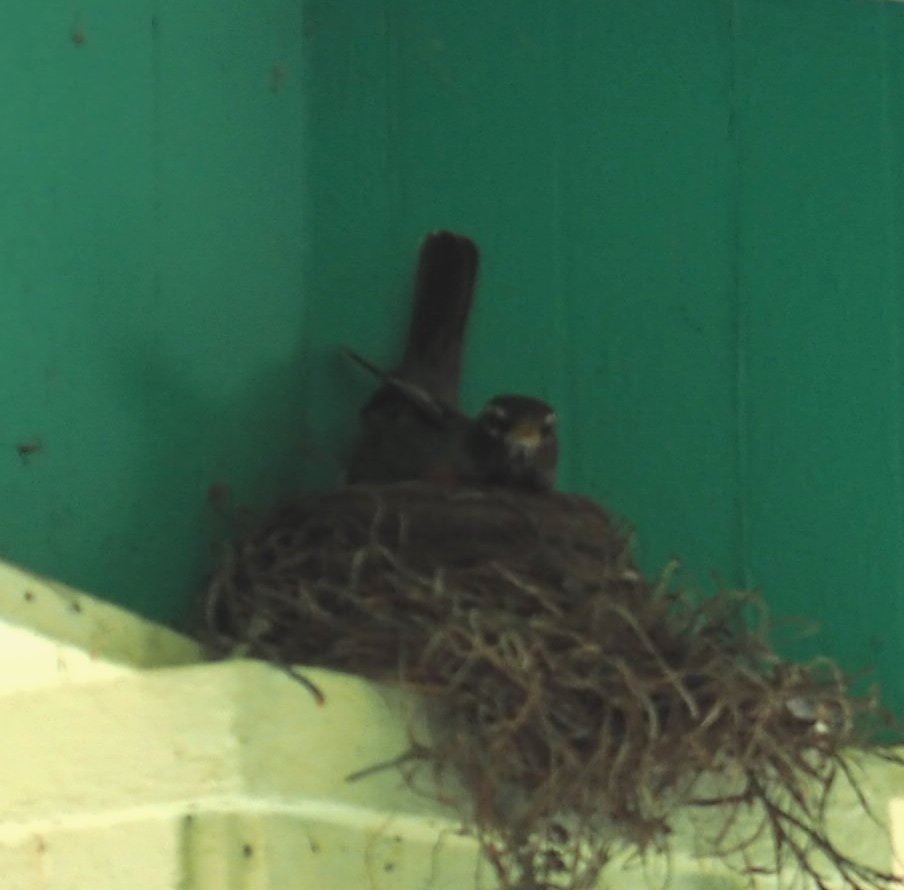
Remember that there is information in the name of the file for each image. You can see it by mousing over the image - look at the lower left of the screen. Or you can click on the image to get to the (usually) larger image. Then the info is displayed in the address line above. Sometimes the second click will actually display a different view of the original image.
The little carpenter ants with the reddish second segment are really easily seen now. They run from ground to top of shop siding, looking for SOMETHING, which they haven't told me or showed me. But they are so delicately made that I don't mind seeing them. It isn't as if they were in the kitchen.
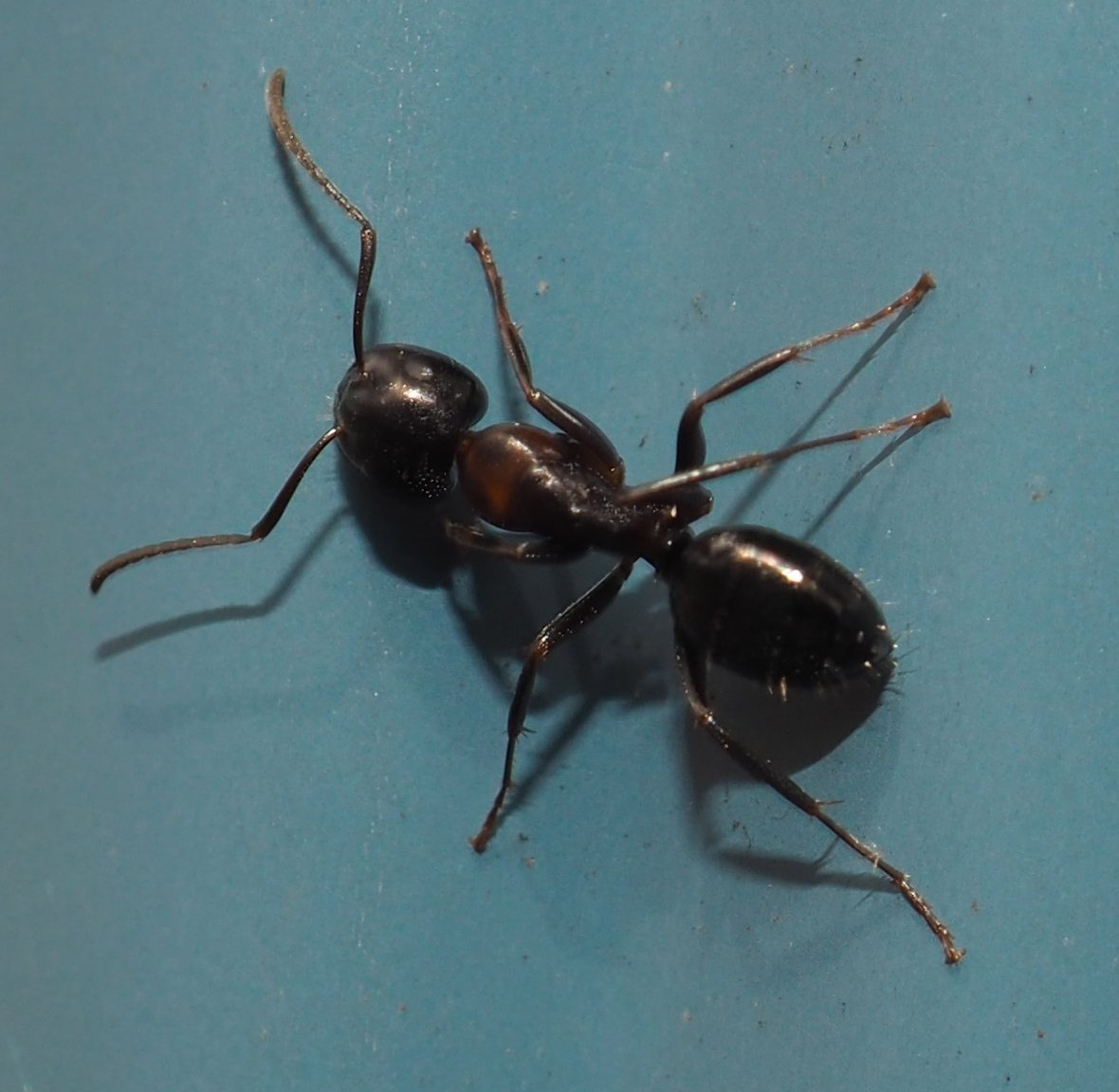
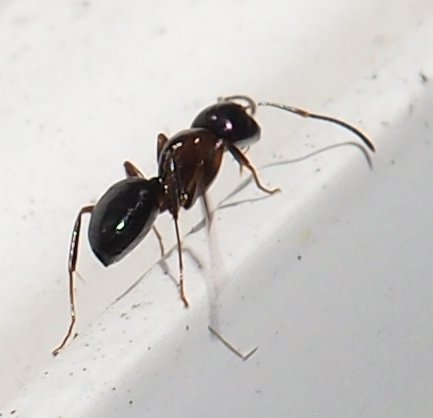
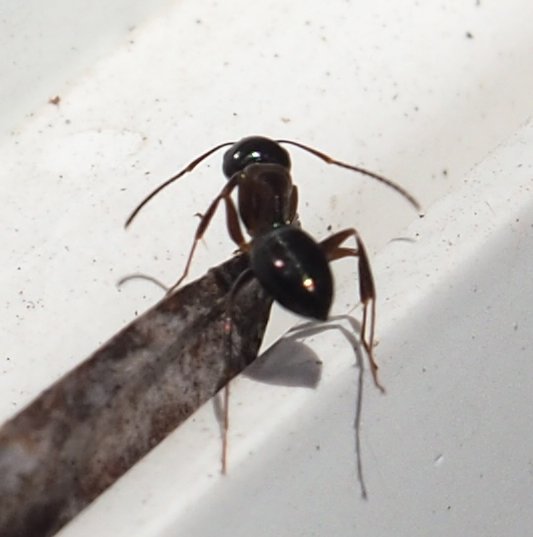
More and more beetles are arriving and I don't know most of their names. We've seen this first one but I haven't ID'd it. Beetle #2 I would have named a prairie dog. The rove beetle (one of those lacking a complete cover of its abdomen) is an example of how one can take a crappy picture no matter how nice the camera. But you can see its knobbly antennae - at least that part was in focus.
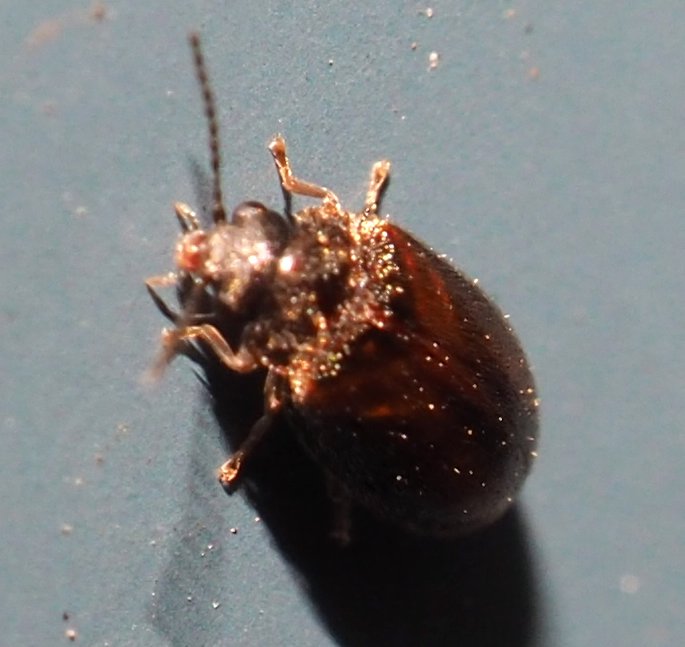

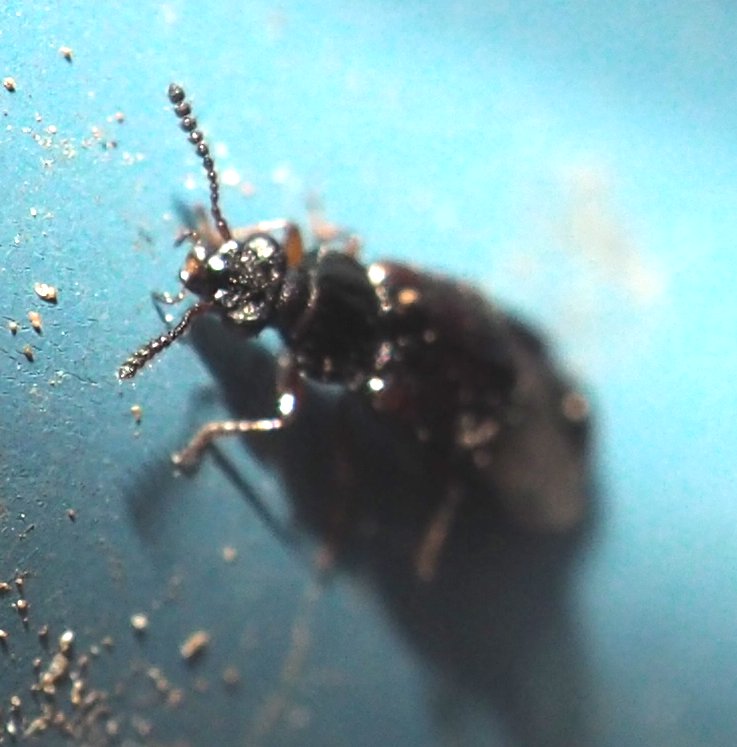
More beetles keep on showing up. First is a common one, but I haven't got its name yet. The weevil is another example of how good cameras can take bad pictures. (personification?) I've never been happy with my photos of the redbud bruchid (a bruchid is a weevil that plants its babies (or eggs) into the embryonic seeds of legumes) but now I see why - all those ripples of colors were too taxing for my former cameras. But this one shows all the stripes it has always had but I haven't seen before.
.jpg)

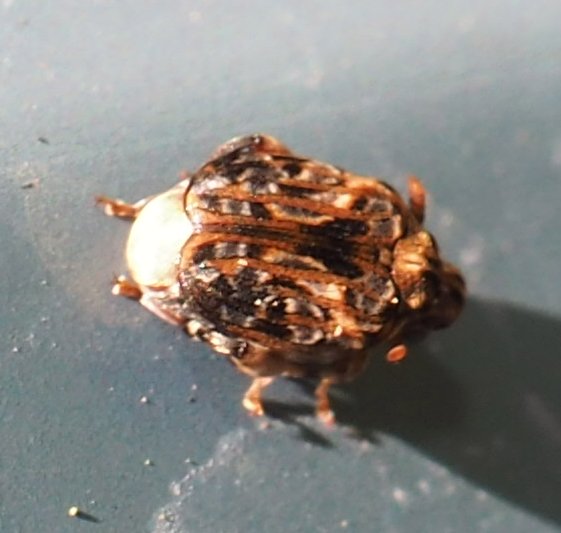
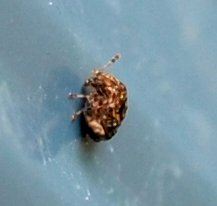
Time to move on to the bugs. First off, a little assassin bug, first of the year for me! A new leafhopper let me take a lot of pictures of it. Isn't that hodge-podge of reds and browns just gorgeous? It is most likely Erasmoneura vulnerata.
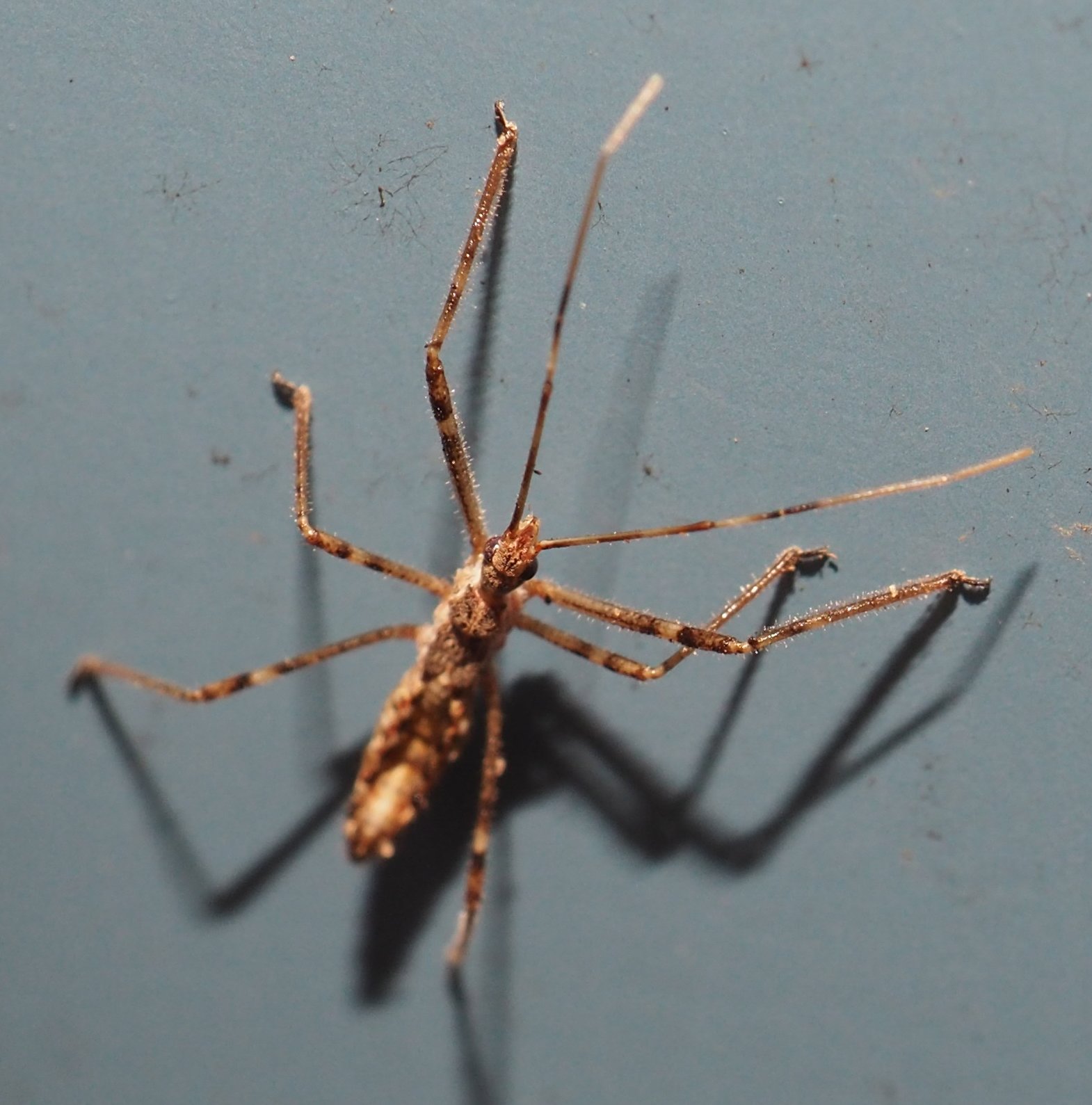


Doesn't this brownish-toned leafhopper look as if someone else had colored the red one above? It does to me. I'd give it a shot as being one of the Erasmoneura.(The second image is its dorsal/lateral view.) Third and fourth images are of a familiar leafhopper with genus name Arboridia.
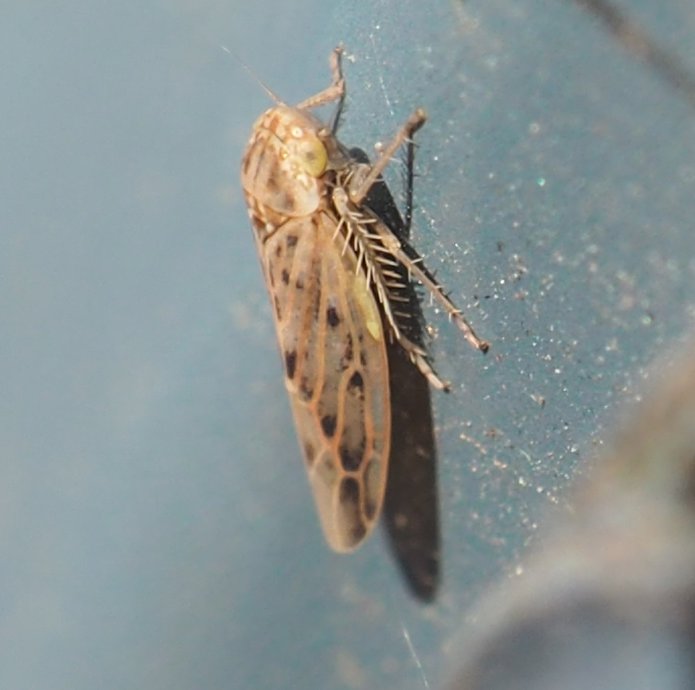


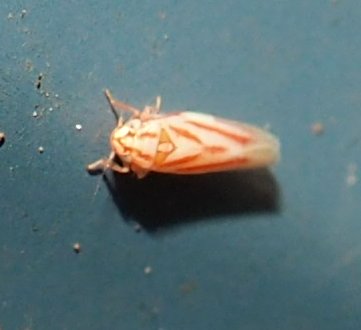
Here are two of what I first labeled leafhoppers. But People on iNaturalist.org say both are likely Psyllids, not leafhoppers. They don't show, so may not have, any spikes on their legs to assist in hopping away. If they DID have the spikes, that would push them over into the leafhoppers. The first one greatly resembles the genus Cacopsylla, of which Bugguide has
this Pear Psylla
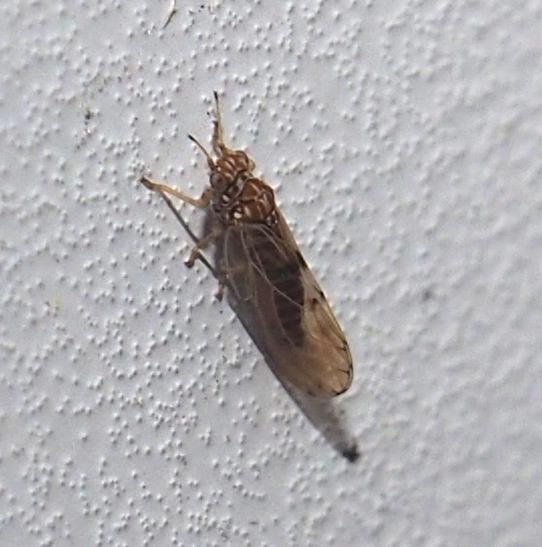
The next one made me think of one of the Spittle bugs. But it's also a Psyllid:
Pachypsylla
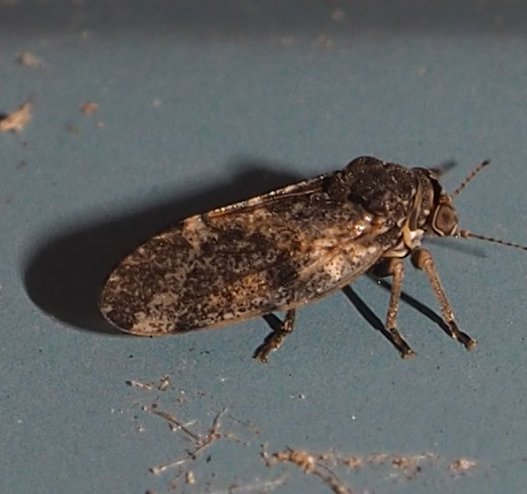
One last bug. We seem to be getting quite a few so-called "Seed Bugs". This one seems to be Eremocoris ferus
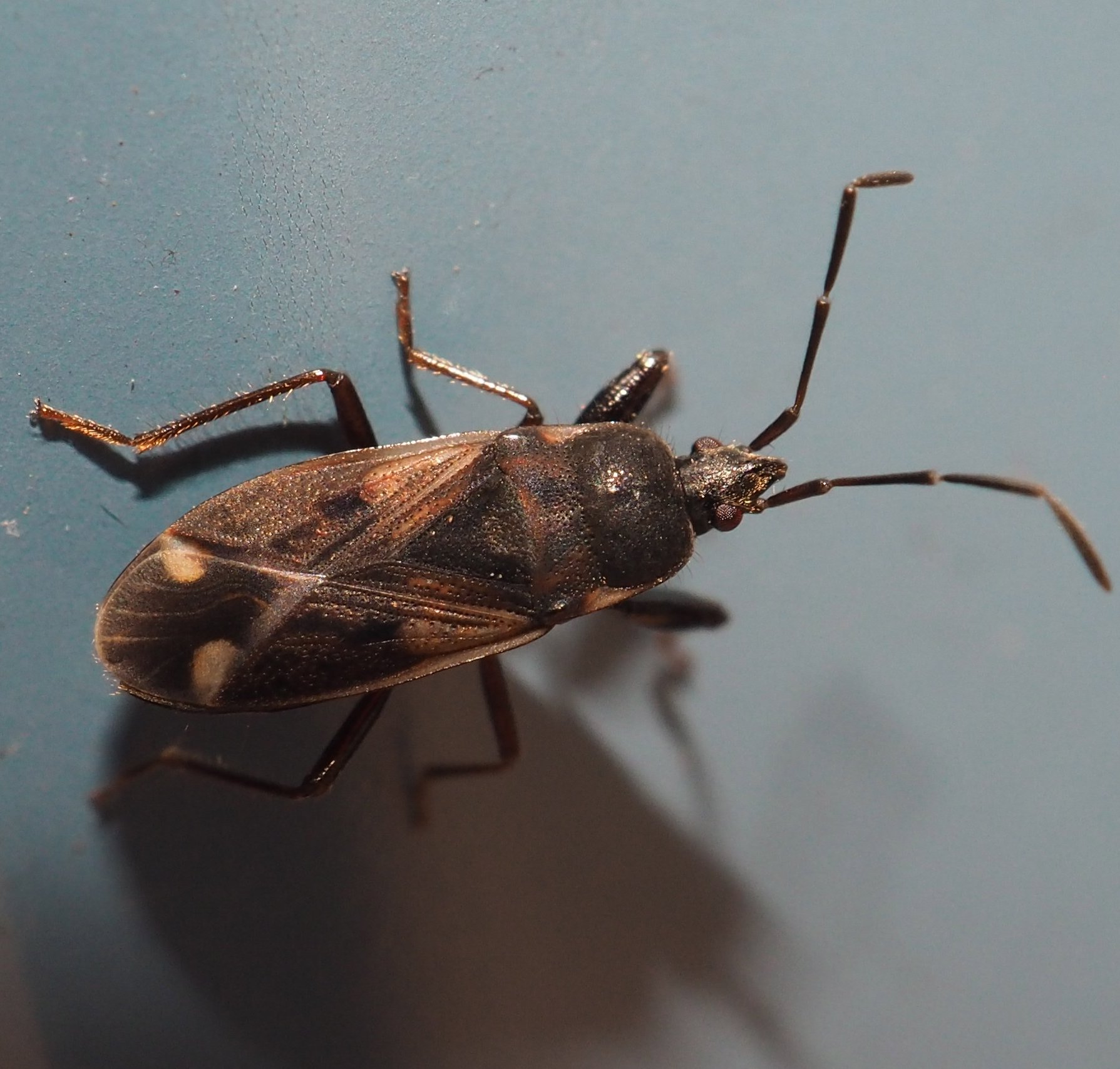
A couple more oddities. Here is one of those creatures that live in a case, this one seeming to be a bag of sorts, moving on the ground, showing a few segments sticking out. I'm sure you are tired of the fungus gnats - but we have such a lot of them. And could this one be pregnant? And what kind of antic is this one acting out?
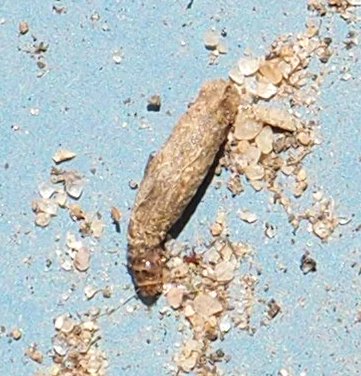
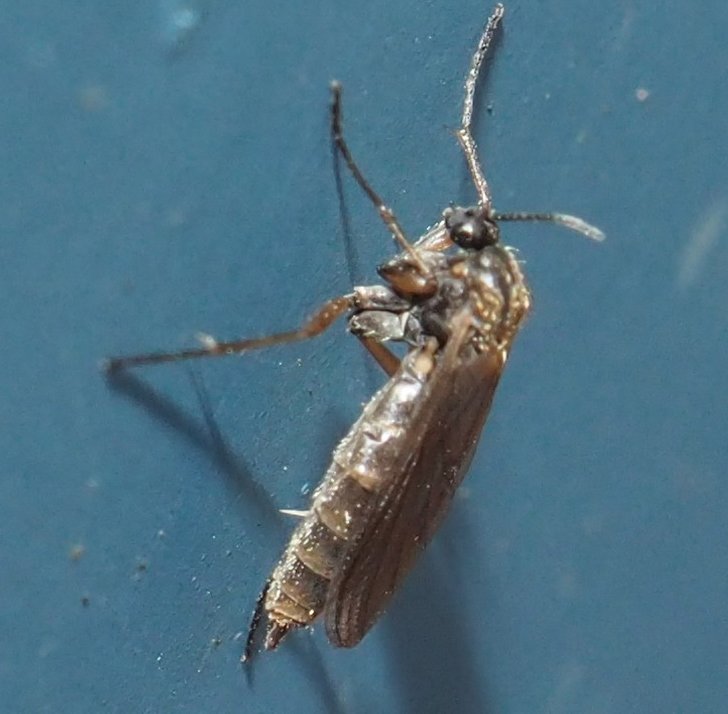
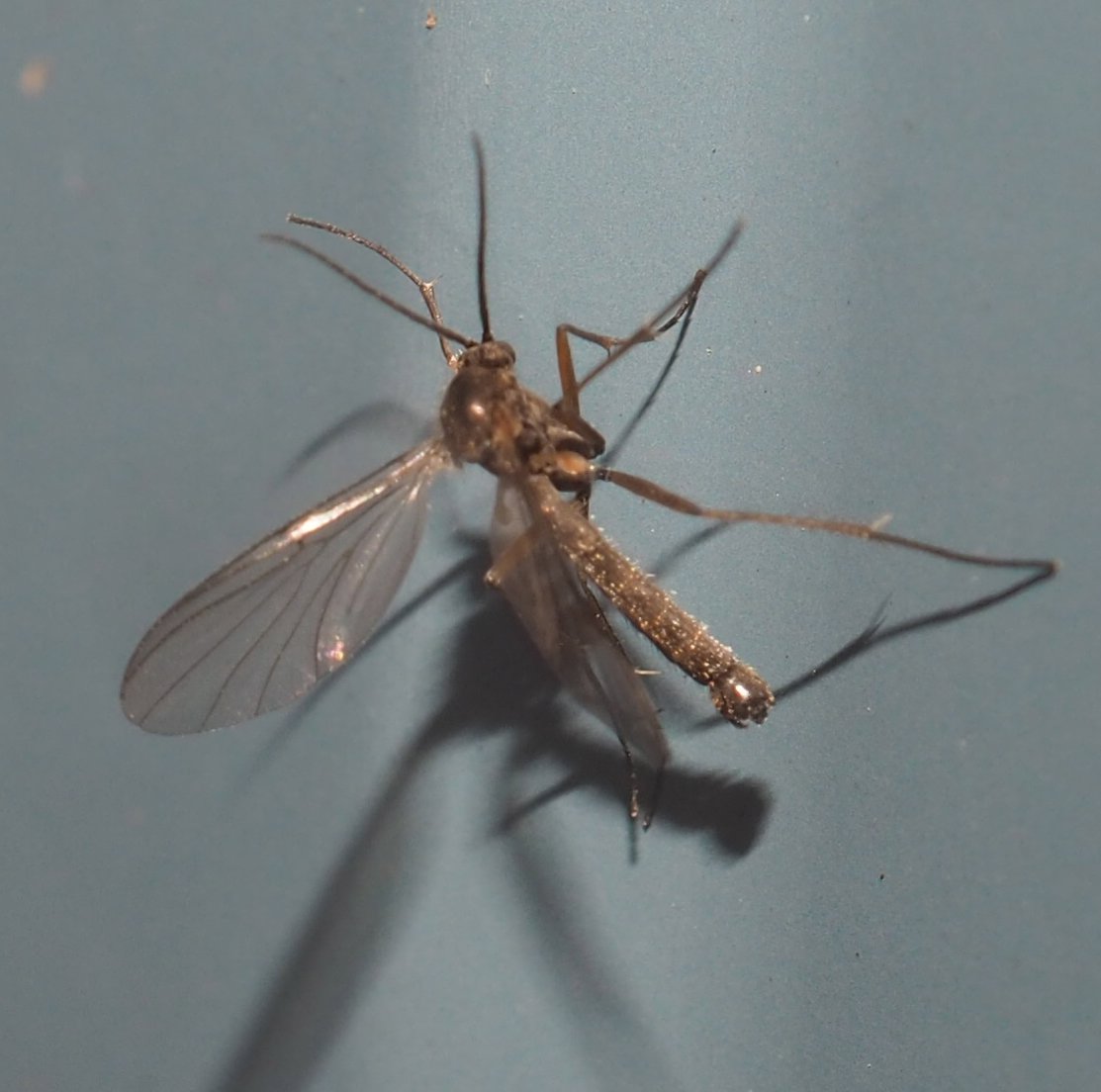 More midges and other flies. The big question is, is this first one actually colored reddish-brown, or are those parasitic mites on either side? Can't tell if the one in image 2 is or not one of those green bottle flies? We got a lucky chance to shoot the following fly, containing a lot of greenish coloring. Finally, I think this is one of those real mosquitoes. I don't know its name, but it is a female with a prodigious snorkel. No wonder it hurts when they jab you!
More midges and other flies. The big question is, is this first one actually colored reddish-brown, or are those parasitic mites on either side? Can't tell if the one in image 2 is or not one of those green bottle flies? We got a lucky chance to shoot the following fly, containing a lot of greenish coloring. Finally, I think this is one of those real mosquitoes. I don't know its name, but it is a female with a prodigious snorkel. No wonder it hurts when they jab you!

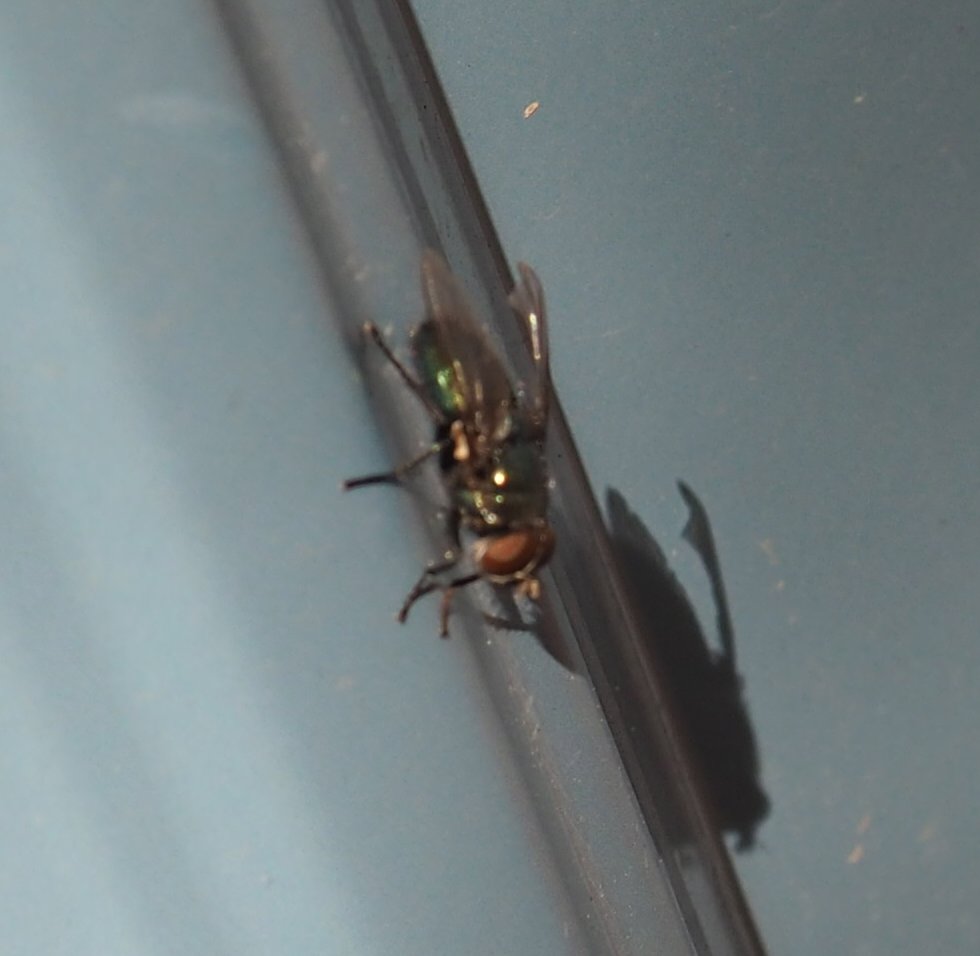
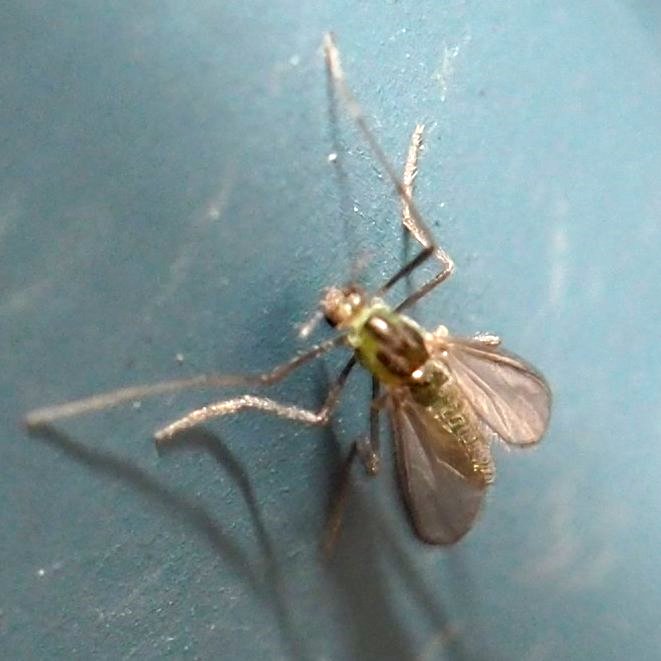
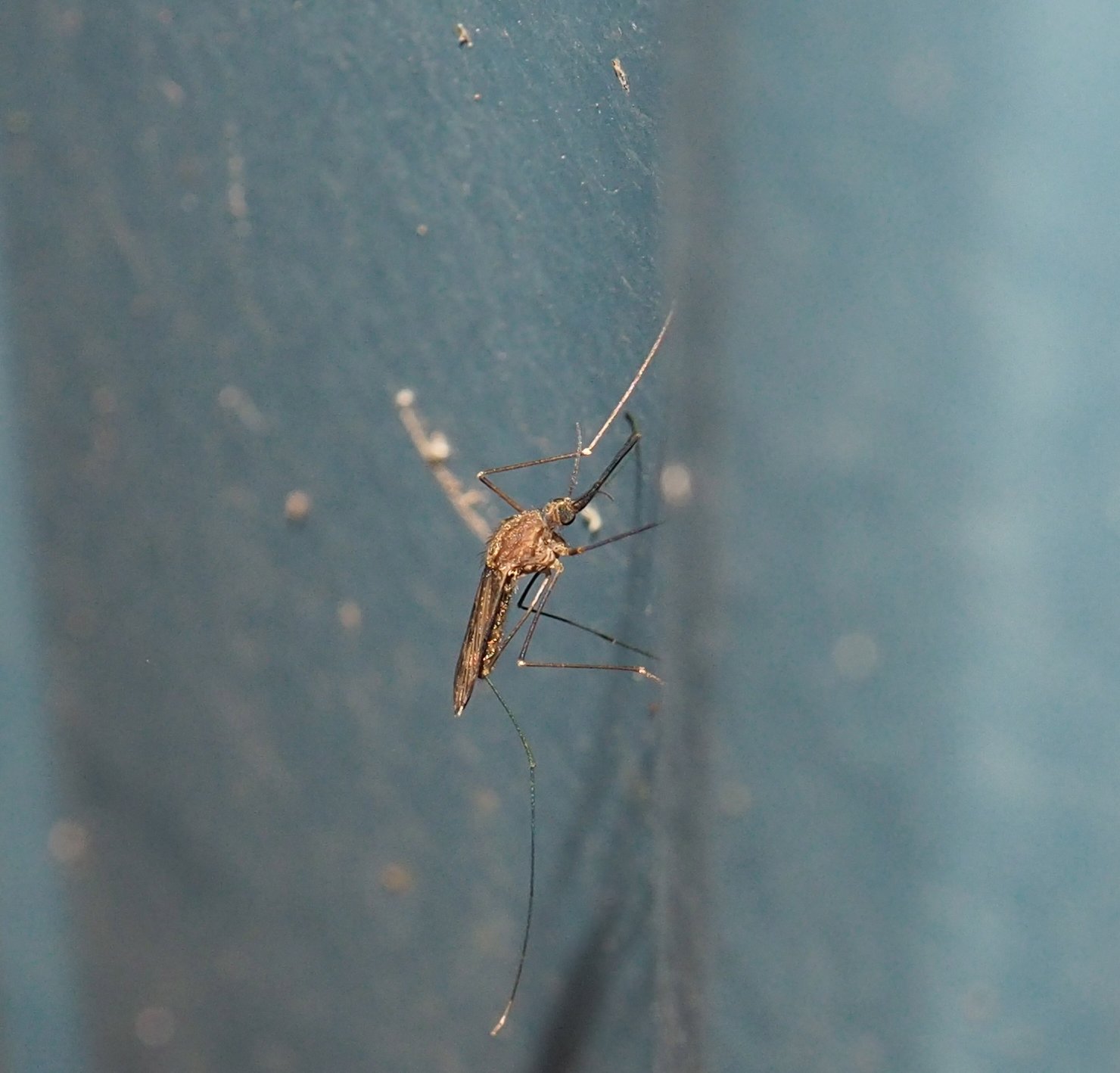
These next few are unidentified flies;
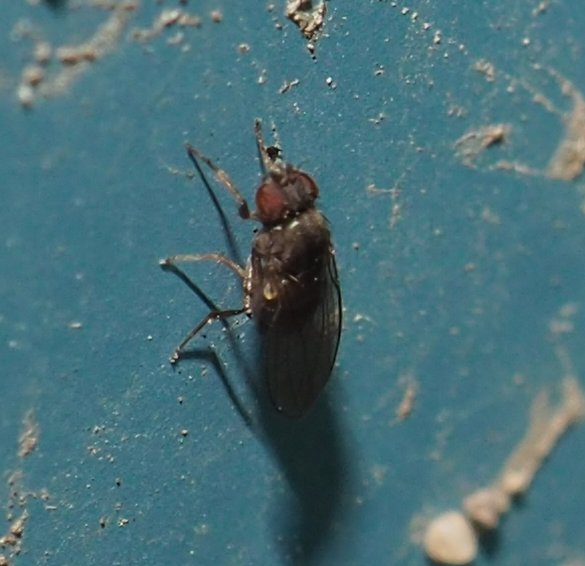
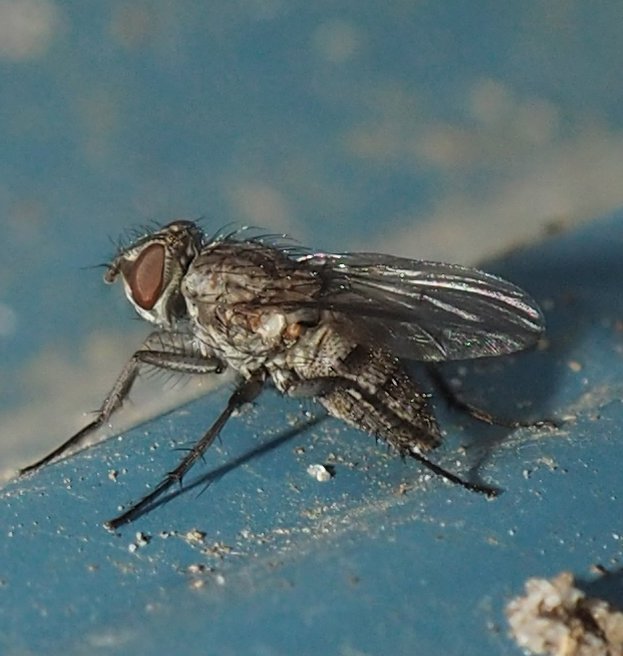
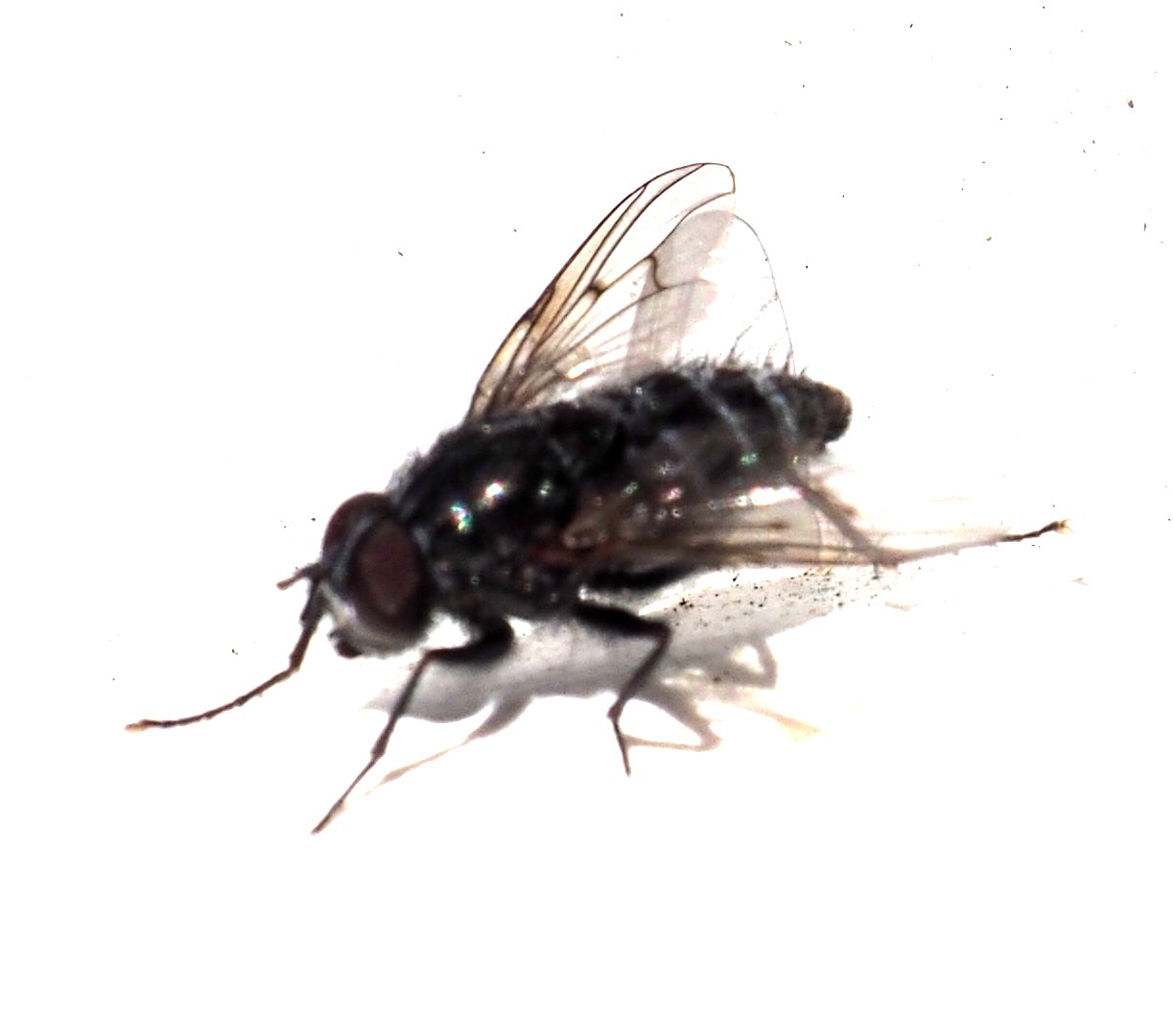
One thing that is wondrous to see is that Froggy is back. He must have wintered in the pond under the muck or on land under muck. I would think that he would be so cheered not to be in muck that he would be dancing a froglegged dance. But he contents himself sitting on a rock just out of the pond. Many years back, ending in 2014, there used to be a green frog who stayed here for months out of a year, once in a while singing for his lady, but the last time I saw him, he was out of the pond and heading south. I never saw him again, and now to have a new frog friend is a wonderful feeling. Yesterday, April 27th, he spoke his first word: "Chuck". I suppose that will be his name, just as the old one's name was Garumpf. You can now see that he is a real male as his eardrum is almost twice the diameter of his eye. In the first picture, he seems black when he is really wet.
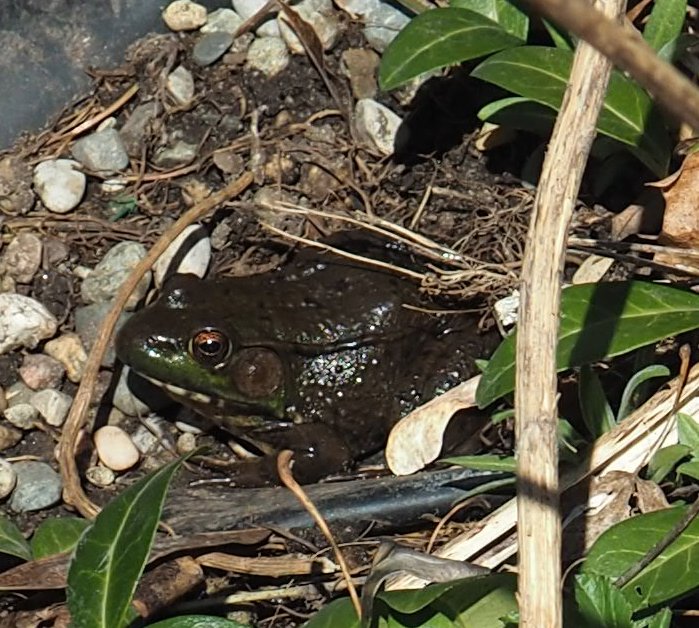
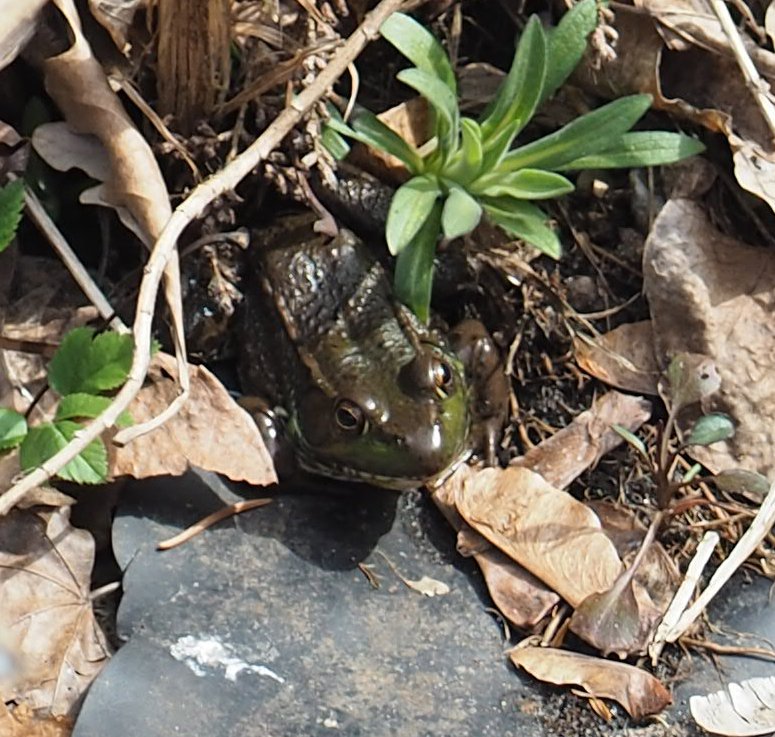
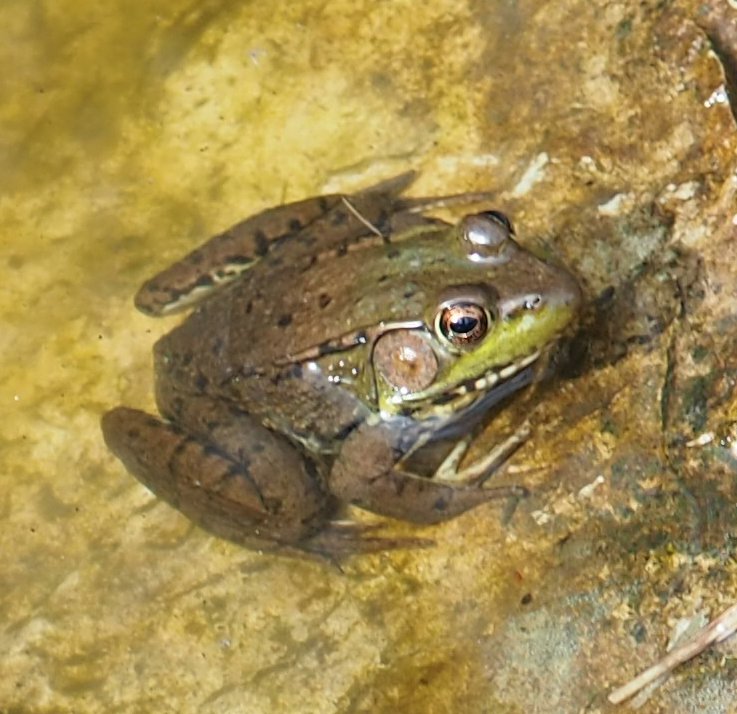
Oh! I can't not include these lovely goldfinches, still mostly in their underspoken color-tones. The pair came down to have a drink. The male (first two shots) stayed mostly in the damp edge, while the female spent a good bit of time sitting on the ceramic rabbits in the shallow part. This information is from my friend Abby M.

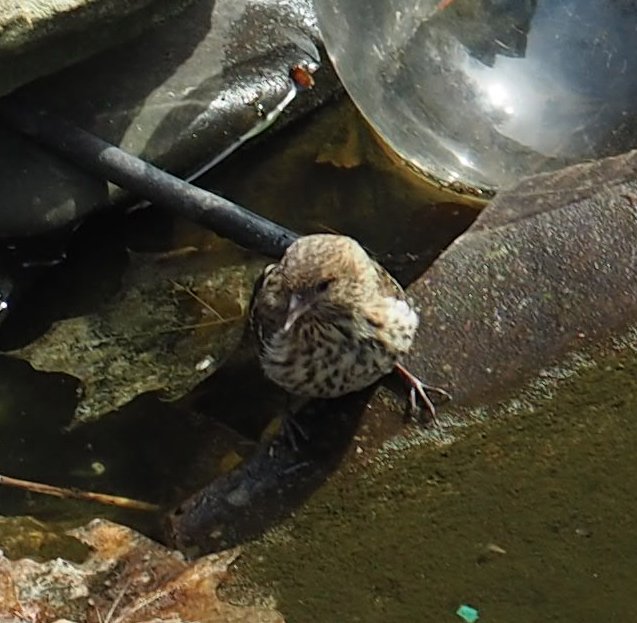

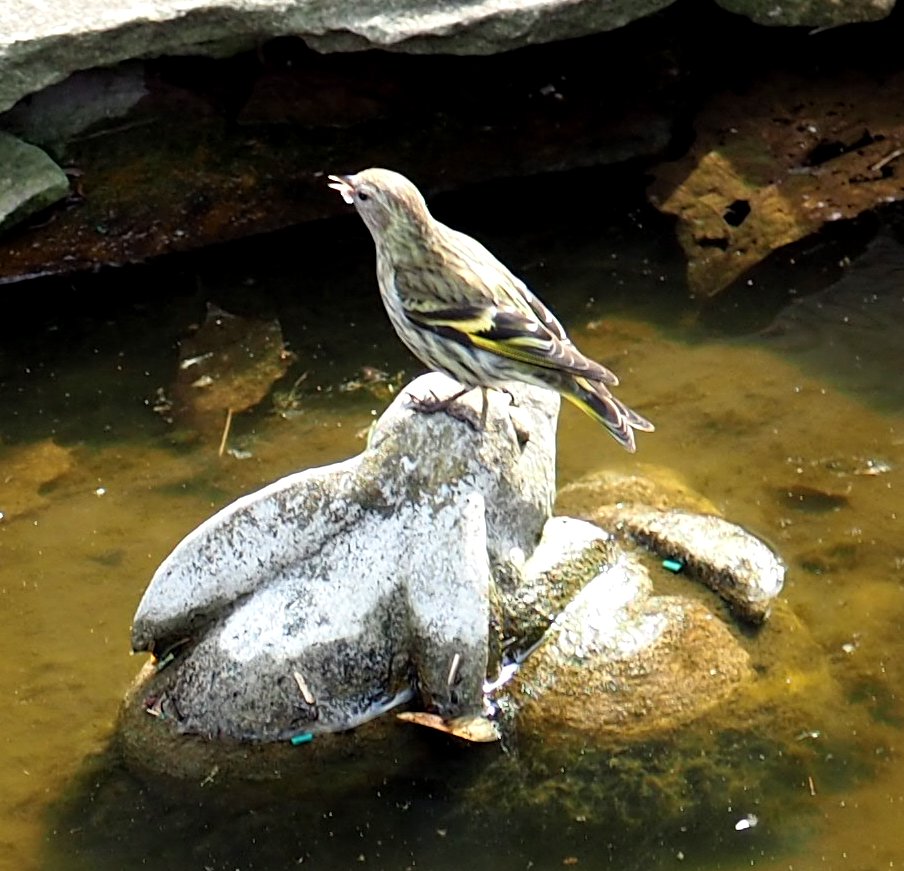
Time for some more pretty flower pictures. The pink hyacinths filled out better than the blue ones. Here is one of the off-colored ones.
The purple hellebore is amazing now. This is the kind of picture I like to click on once, twice. Then you can roll your mouse around and see all the unusual colors and textures!
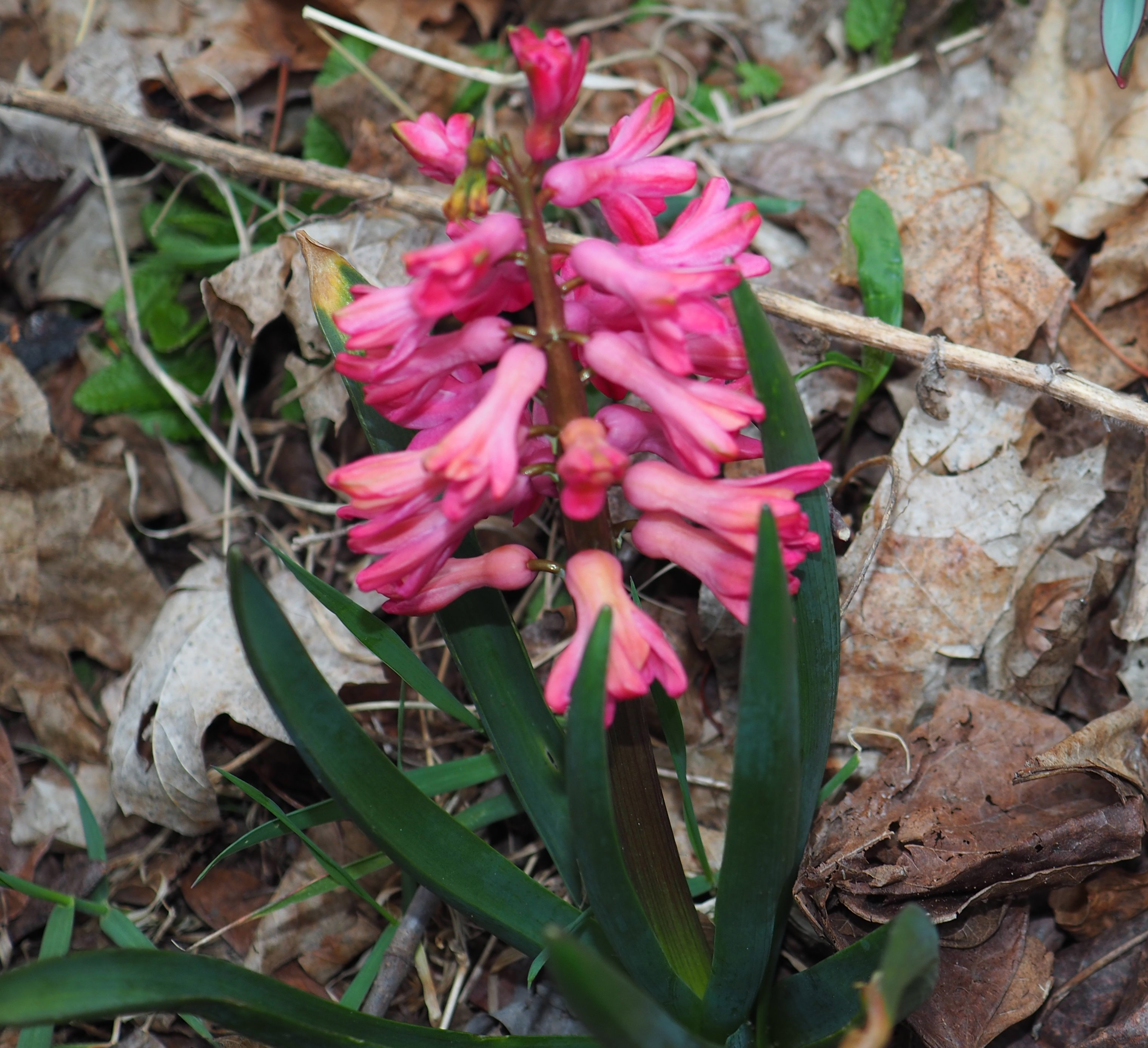
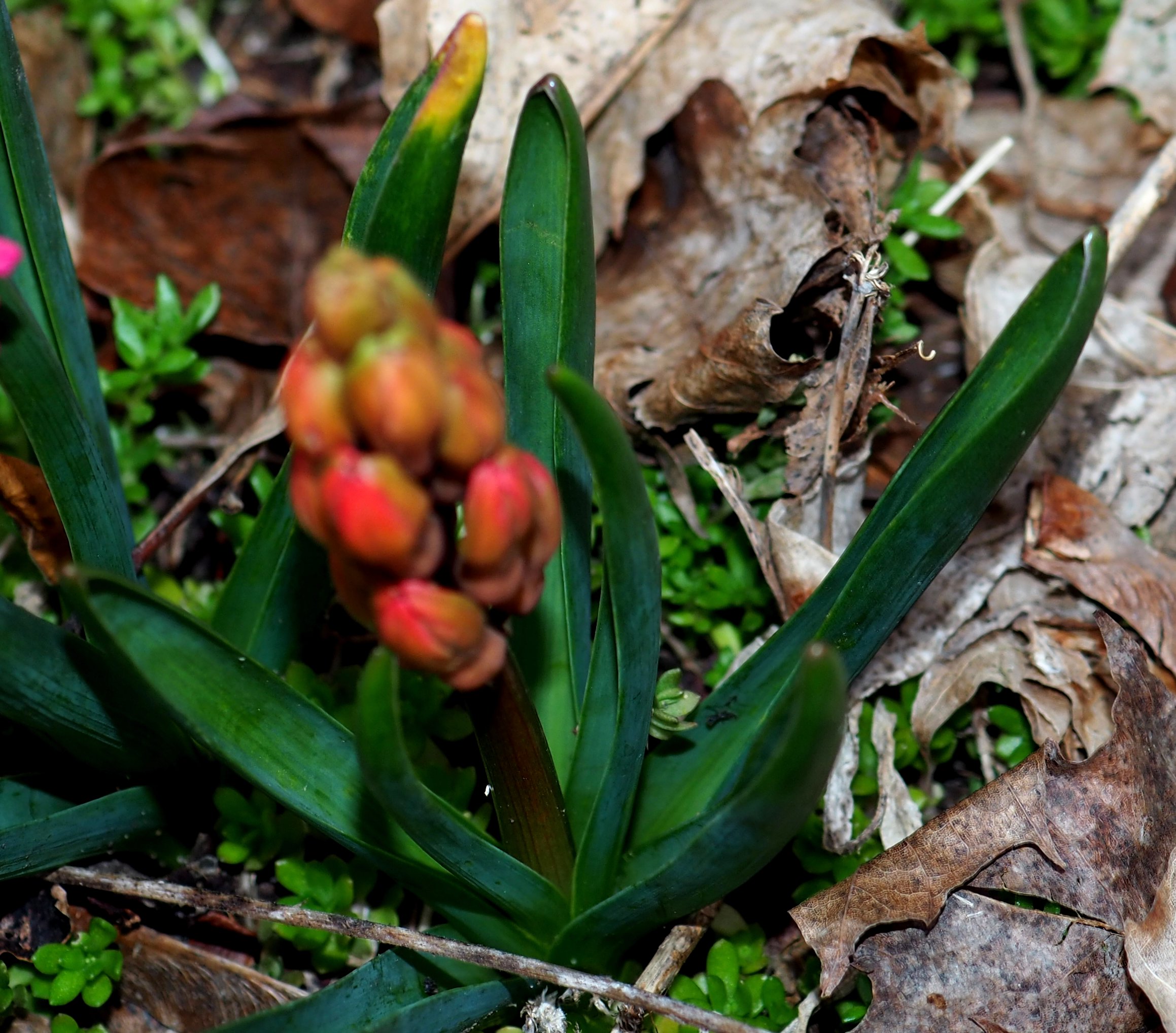
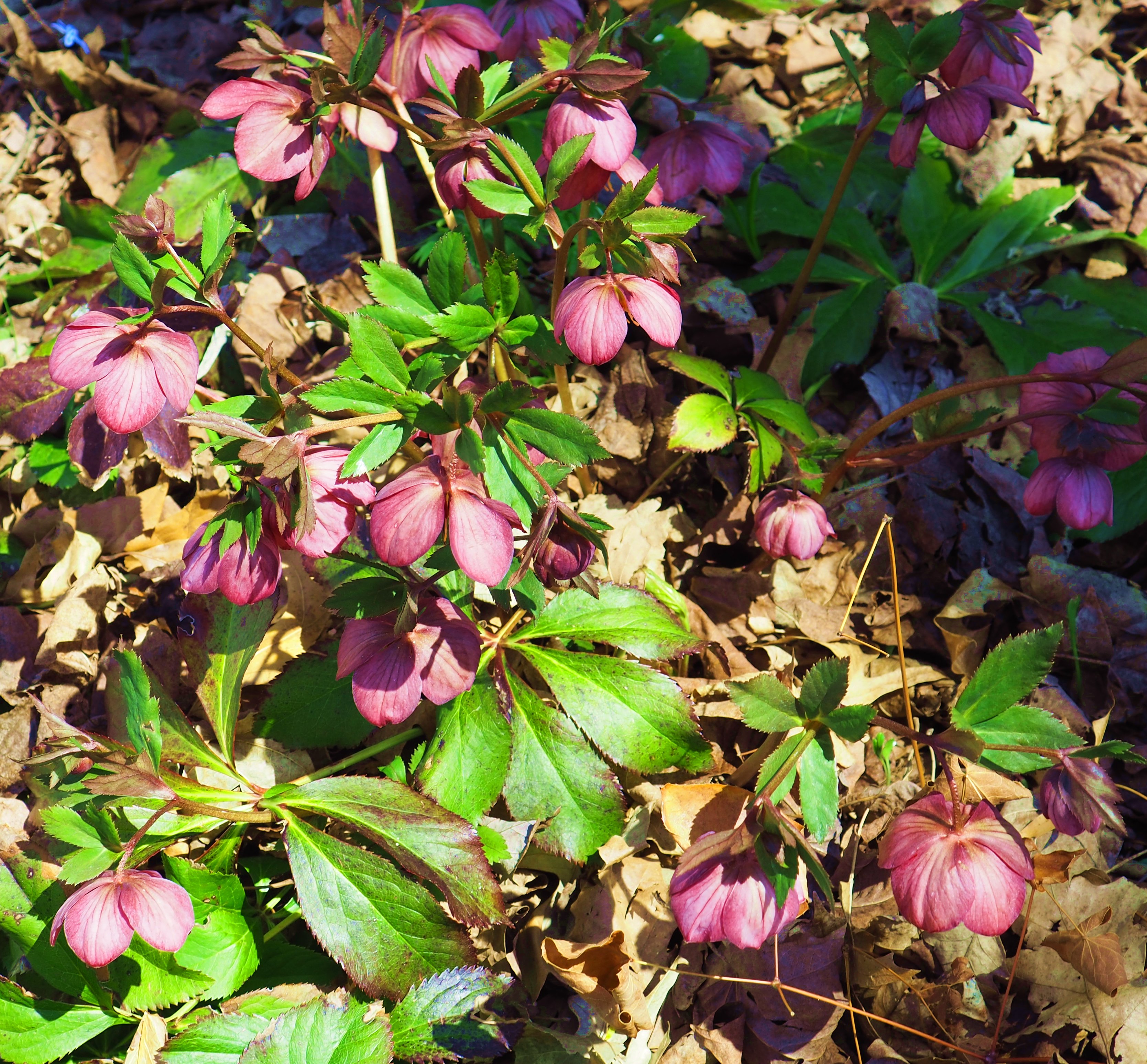
Here two shots of that orange lacewing. I think it is a member of the Brown Lacewings, just more orange... And a little red mite only seen to my naked eye as a tiny red spot moving along the siding.
 4 21 18 1.jpg)
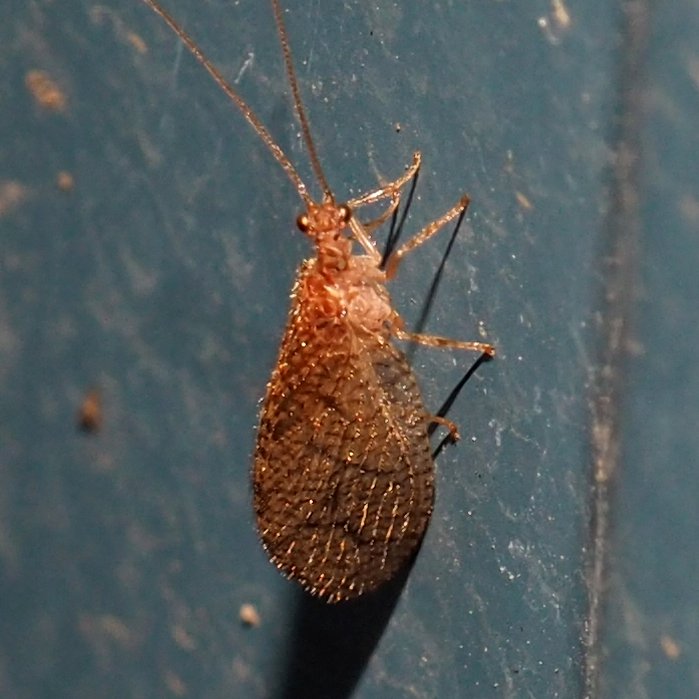
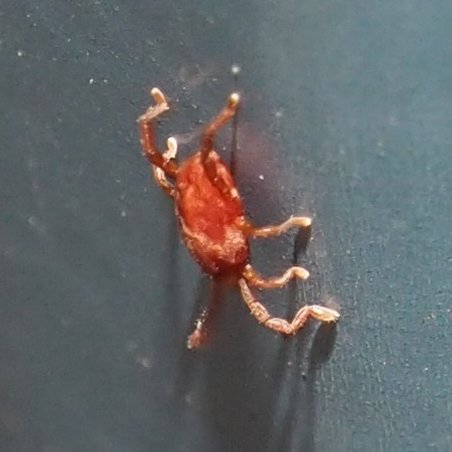
Here's a lone pillbug. Or woodlouse, as some (many) say. Next is a view of the pond and quite a few winter-survivors. It looks yellowish green from all the algae that built up on the decaying plants. Next year I will try to pull up those delicate plants. For many years these sorts of plants made it through some of the milder winters we seem to have been having. Anyway, I am cleaning out the pump every day and letting it spray lots of water through the air and back into the pond. And using a fishnet to try to dredge up some of the worst of the rotting leaves. I've put bales of barley straw to semi-float: the rotting barley lets off some chemicals that algae hate. I also put a few ounces of Pond Perfect (good bacteria) in every few days now. I'll take a picture next week to compare. It's not an easy task to raise a water garden but oh, so rewarding when you're sitting quietly by the pond in the summer. Now you can enlarge the picture and enjoy seeing how many sorts of color combinations there are in the young fish.
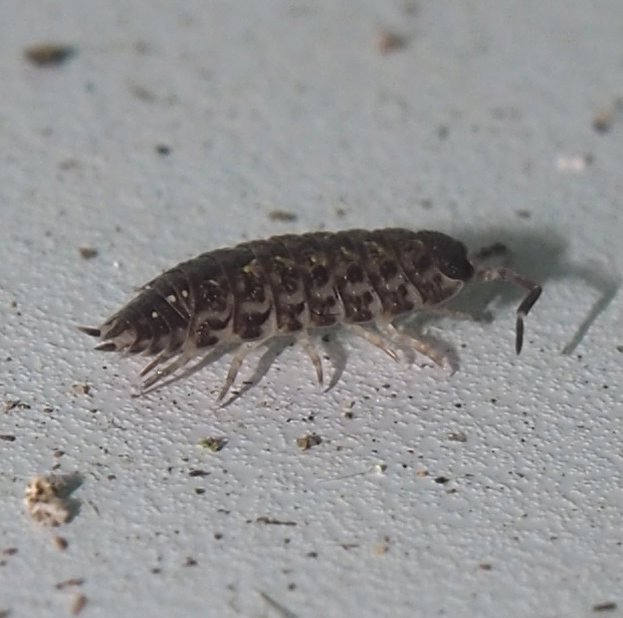
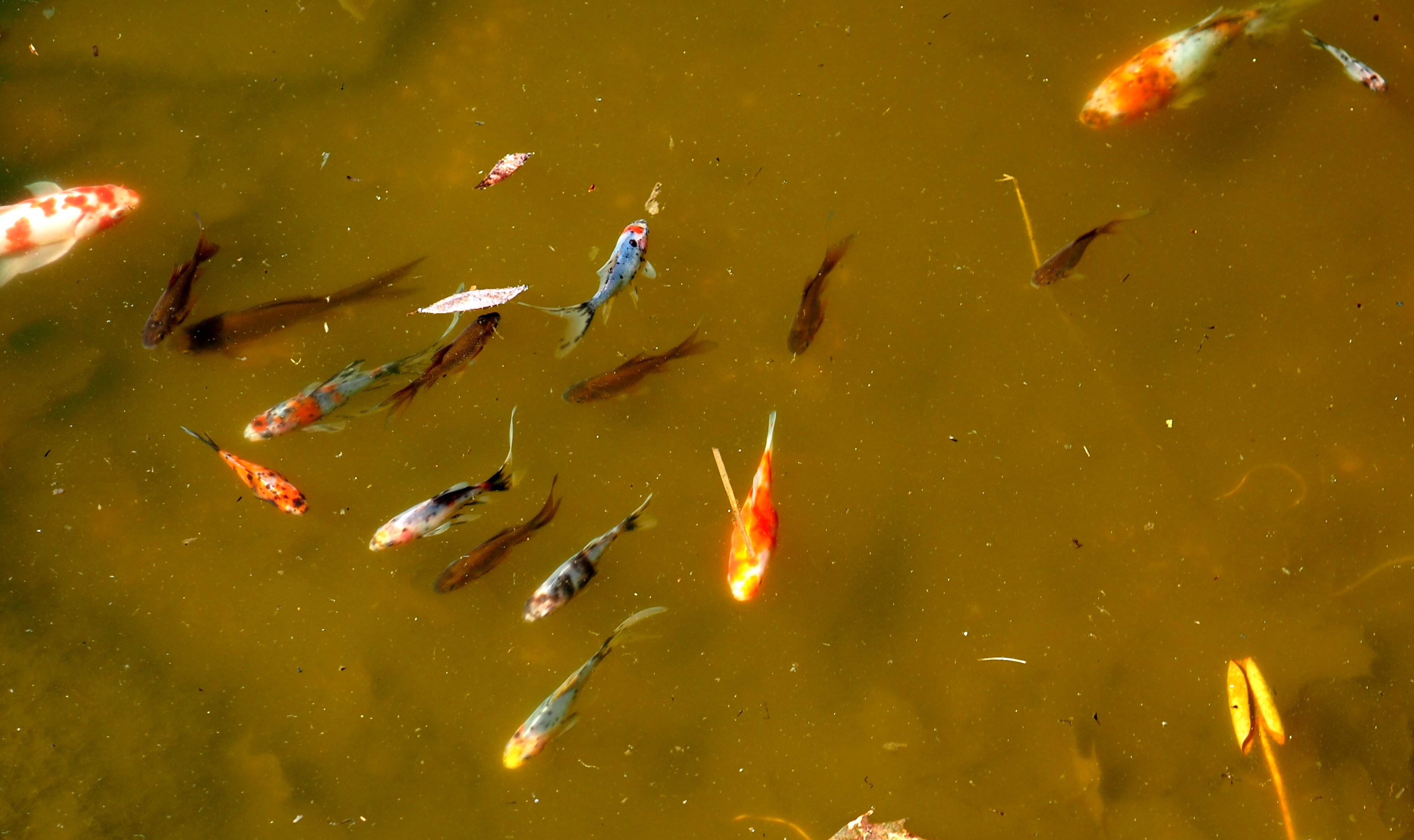
Spider people! Here they are! I never saw so many pretty spiders as this spring. Most of them are unknown quantities, although I can at least tell you when one is a ground crab spider, a running crab spider, or a crab spider (not up yet): they all hold their first two pairs of legs together, which quite resembles a crab's claw. This first black one with white trim is unfamiliar. The next one I think I may have mistaken for a pirate spider last week, but now I'm pretty sure that most of my non-crab-related spiders are the omnipresent Common house spiders. They are growing now so that I can practically spot one as I pass it. It might be that the third one is probably a female, while the one that is turning red may be an adolescent male. (They eventually turn bright red-orange).
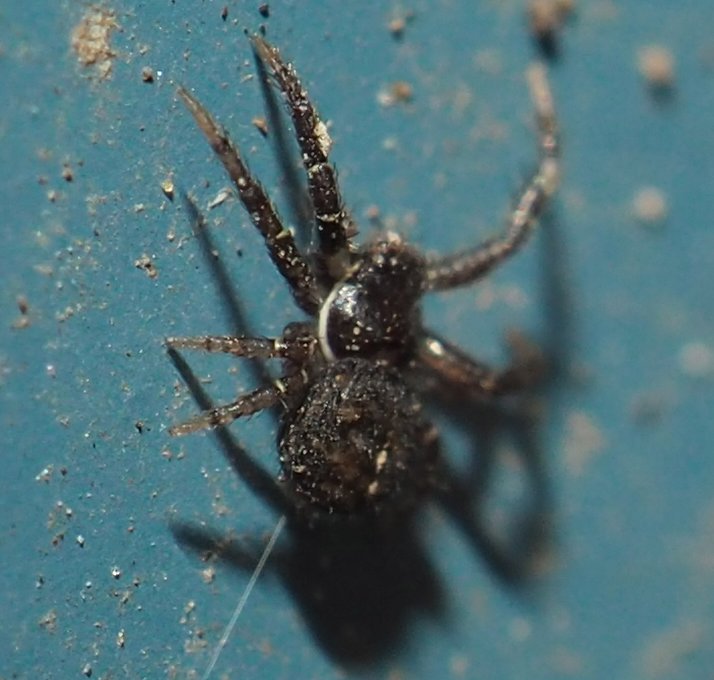


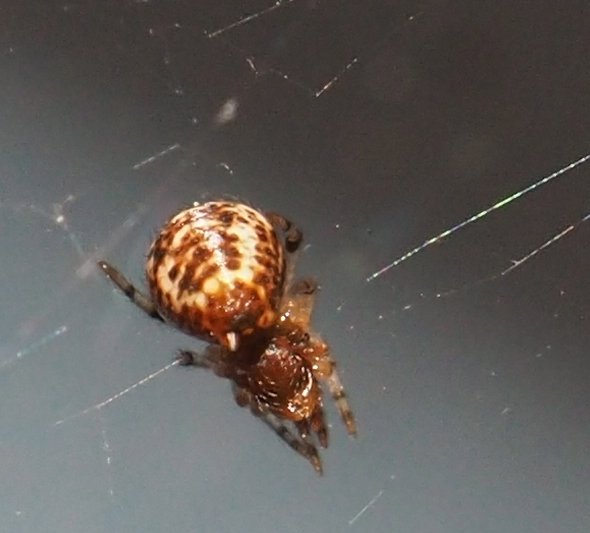
This first one has its claws together, but that is a new kind of abdomen shape. I'd still guess "ground crab spider". The next one is definitely a GCS. Another of them, third image, seems to be doing a kind of ballet routine.
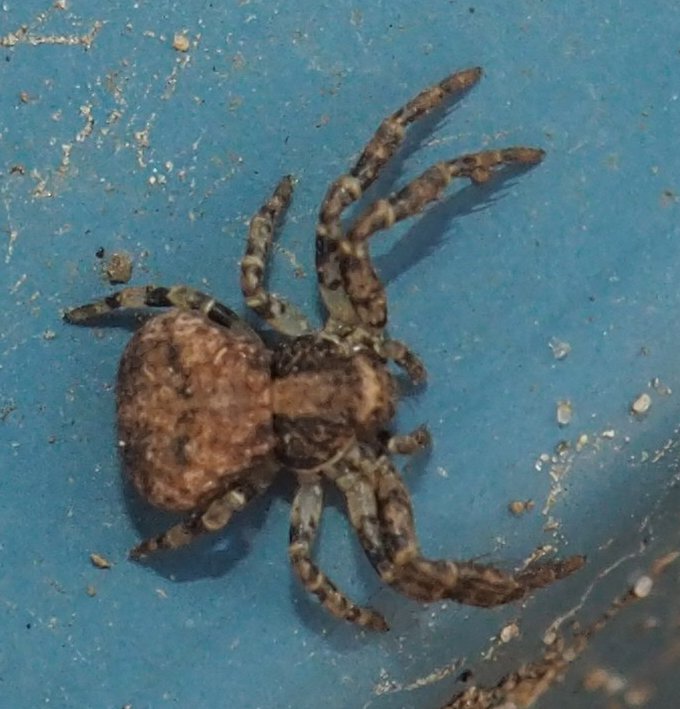
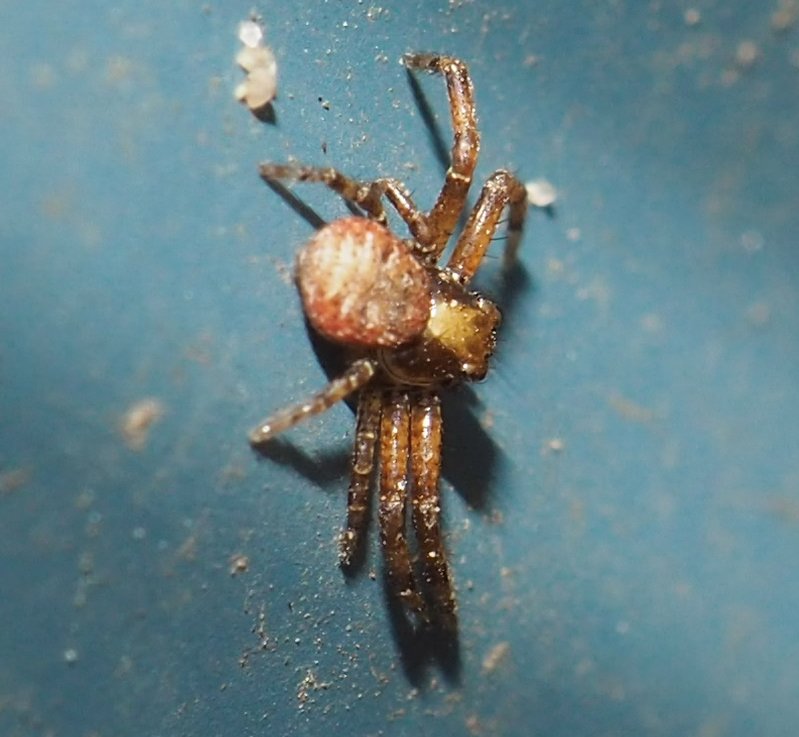
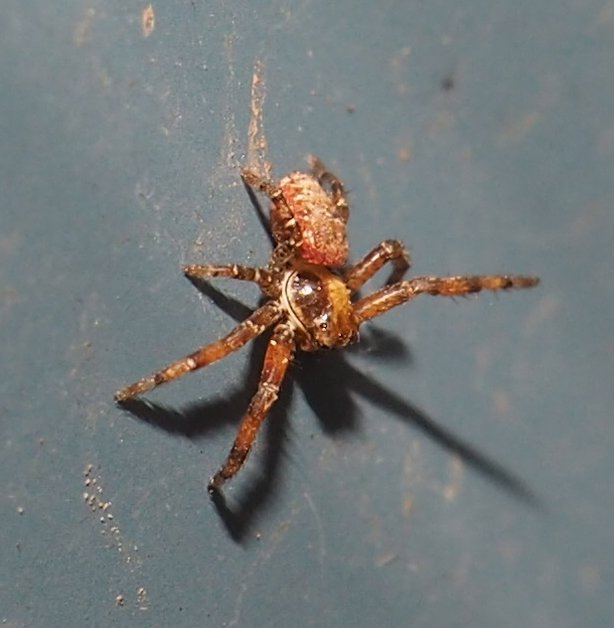
This jumping spider was tiny but its eyes are big so I believe it is a Jumper. Next up is the prettiest red-legged black spider. I don't know what it is, but it can sit on my shop siding any time it likes. Finally here's one more ground crab spider.
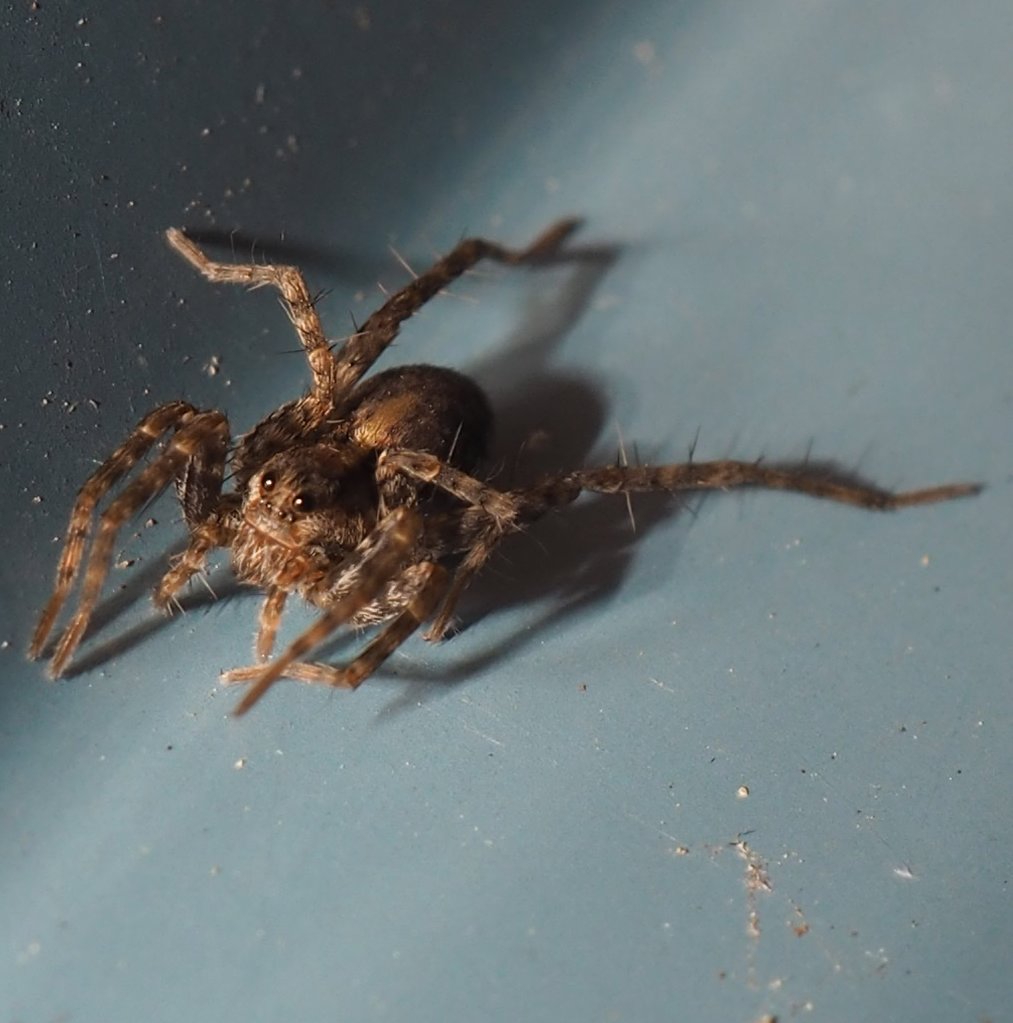
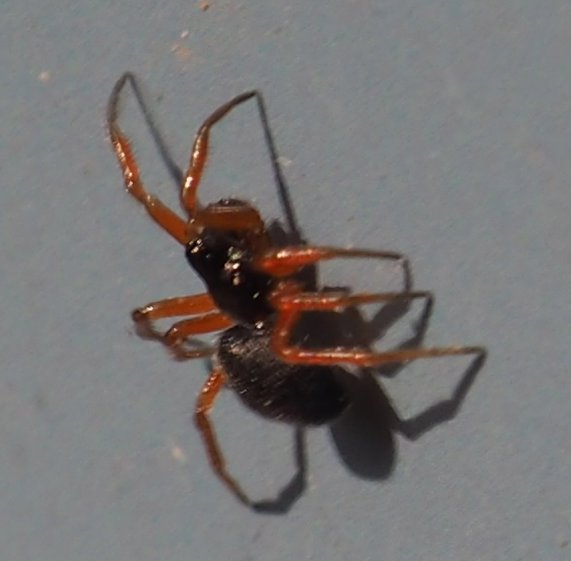
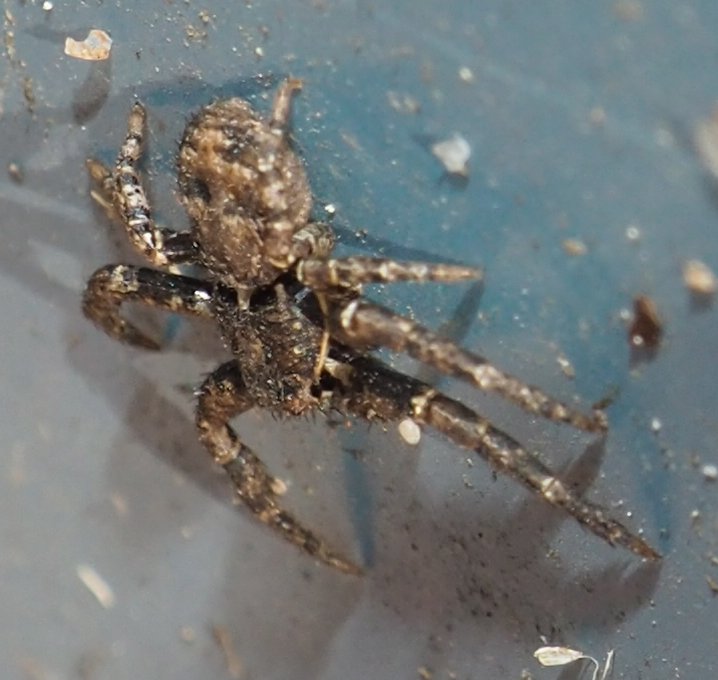
Here is the mauve primrose, always the first to bloom in the back garden. The pulmonaria (lungwort - ugh - what a name for such a beauty) is gradually blooming a bit, with flowers that start out pink, then turn blue ending with purple (or maybe it's purple ending with blue). It blooms for a good time and then has those pretty green leaves with the white dots all summer. Lastly, I have a small number of Scylla latifolia. Its leaves are broader than the ordinary and its flowers are two tones of blue and purple.

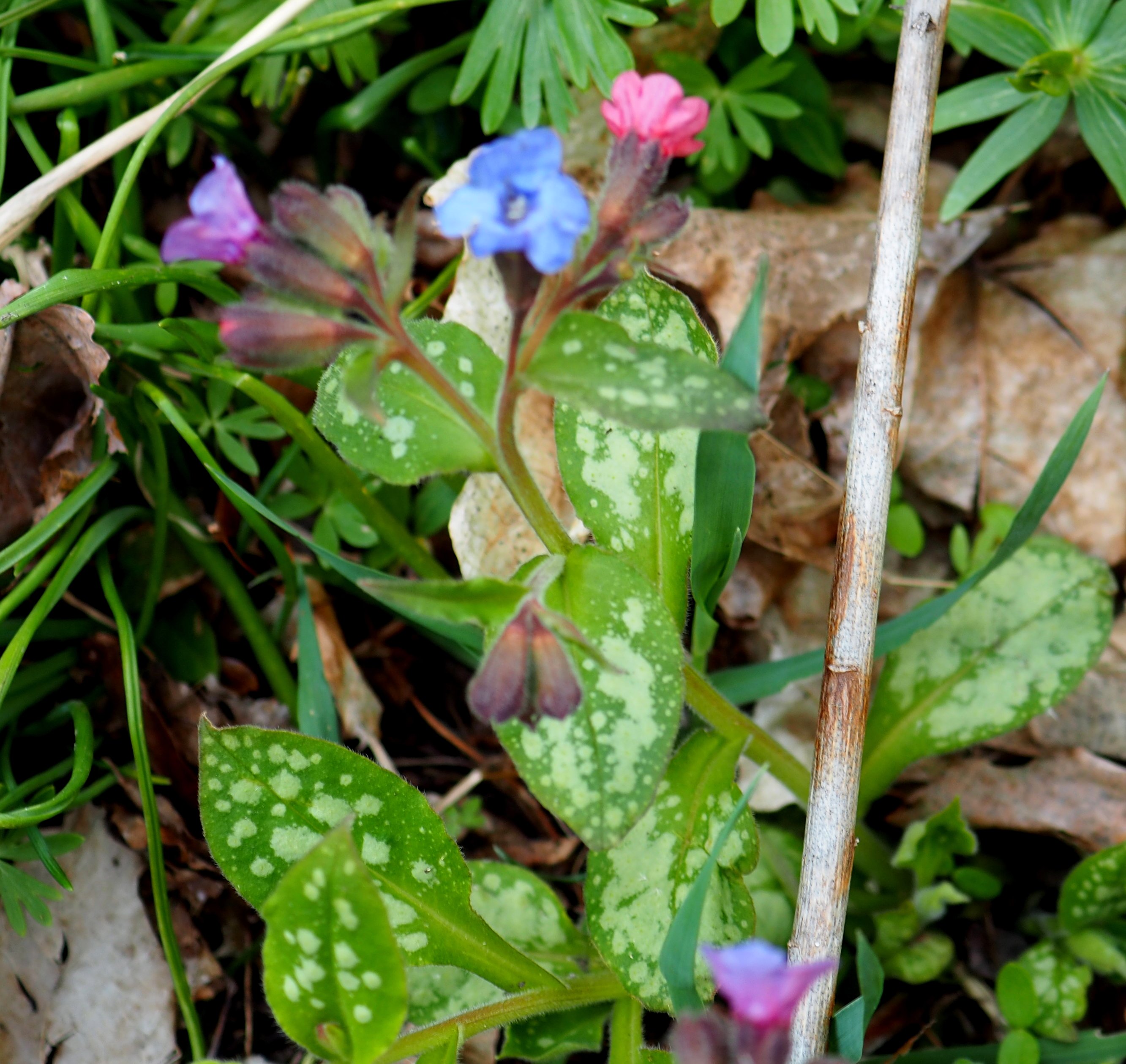
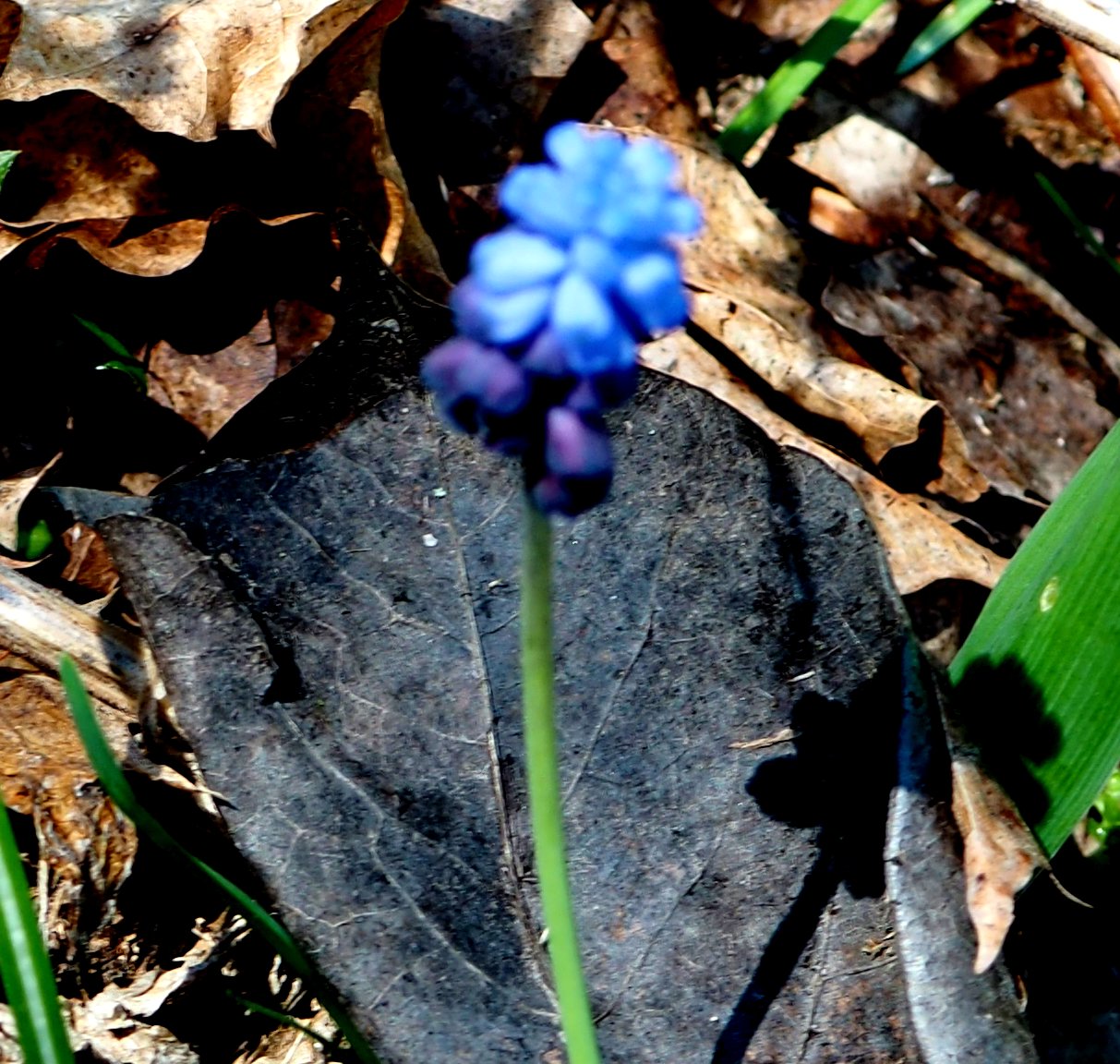
That's it for now. I'm back to working on my class for AALL in May. Hope to see or hear from all you nature people. Keep well, maybe the influenza will need a break and leave us humans the heck alone. Take care, I'll be back next week, with a possibly shortened report on what's going on outside.
Love, Martha
Back to April 22, 2018
Forward to May 6, 2018
Back to main menu
copyright Martha O'Kennon 2018












.jpg)

































 4 21 18 1.jpg)
















